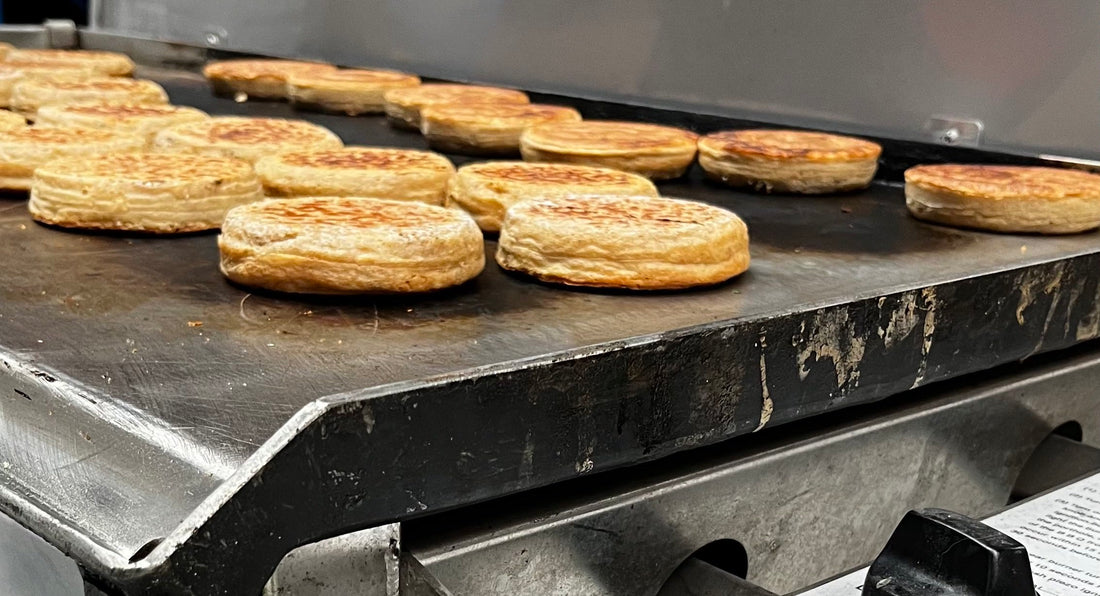Got an old Heatlie BBBQ and can't remember how thick your cooking plate is? Maybe you've purchased one second hand and aren't sure? See below for information on how to determine your plates details.
5 mm, 10 mm or 20 mm plate?
All Heatlie barbecues can be purchased with a 5mm, 10mm or 20mm thick plate (IGEs are 5mm and 10mm only). If you’re not sure what the thickness means and what they’re used for, as a general rule of thumb...
-
5mm - Domestic casual use at home
-
10mm - Commercial, frequent and extended use
-
20mm - Teppanyaki style
How to Determine Plate Thickness
If you need to know the plate thickness of an existing BBQ, there is a very simple way of measuring.
Measure the outer edge of the plate from top to bottom, then the inner edge from the plate surface to the top of the edge. The difference will be the thickness of your plate.


How to determine plate material?
If you also aren't sure of your plate material, there is really only one way to tell and that is visually. If it's an old cooking plate, mild steel will be black and slick all over like below...

If it's stainless steel, it will have two large discoloured streaks over the burners only...

Other than that, if your plate is stainless steel, you will notice an "S.S" stamped somewhere on the plate. This will be on the rear, non cooking side.
Feel free to send us photos via email and we can always attempt to work out what you have.

